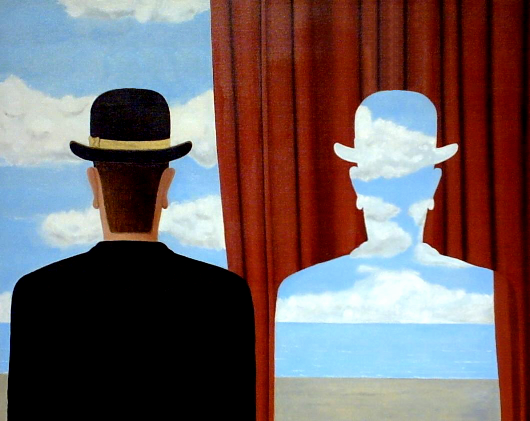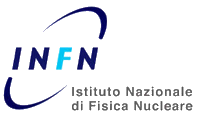Ferrara International School Niccolò Cabeo 2014
Vacuum and broken symmetries:
from the quantum to the cosmos
May, 19-23 2014
IUSS, Via Scienze 41b, 44121 Ferrara (Italy)

Chairpersons: C. Bozzi, P. Lenisa, I. Masina (Univ. Ferrara & INFN)
The 2014 Cabeo school will be devoted to vacuum in quantum field theories and cosmology, and to the effects of vacuum energy that can be experimentally observed in various phenomena.
Vacuum, the ground state of a quantum field theory, is a lively place, with continuous creation and annihilation of particle-antiparticle pairs in a tiny timespan.
In addition to these processes, further contributions to the vacuum energy come from the spontaneous symmetry breaking mechanisms.
In the electroweak model, a vacuum expectation value of 246 GeV for the Higgs field underlies the Higgs mechanism by which non-zero masses can be given to particles.
It is intriguing that the mass value of the recently discovered Higgs boson hints to a second vacuum close to the Planck scale, possibly deeper than the electroweak one.
The study of the energy dependence of the Veltman condition could also offer some new insights on the hierarchy problem.
The chiral condensate in Quantum Chromodynamics gives large effective masses to quarks and distinguishes between phases of quark matter, while the gluon condensate may also be responsible for hadron masses.
Most quantum field theories predict a huge value for the quantum vacuum energy.
If the universe is described by an effective local quantum field theory up to the Planck scale, then the cosmological constant should be about 120 orders of magnitude bigger than its measured value.
This is a major problem of contemporary physics.
Local Organizing Committee:
L. Barion, S. Bertelli, G. Ciullo, G. Guidoboni, L. De Marco, A. Pesce L. Pappalardo




